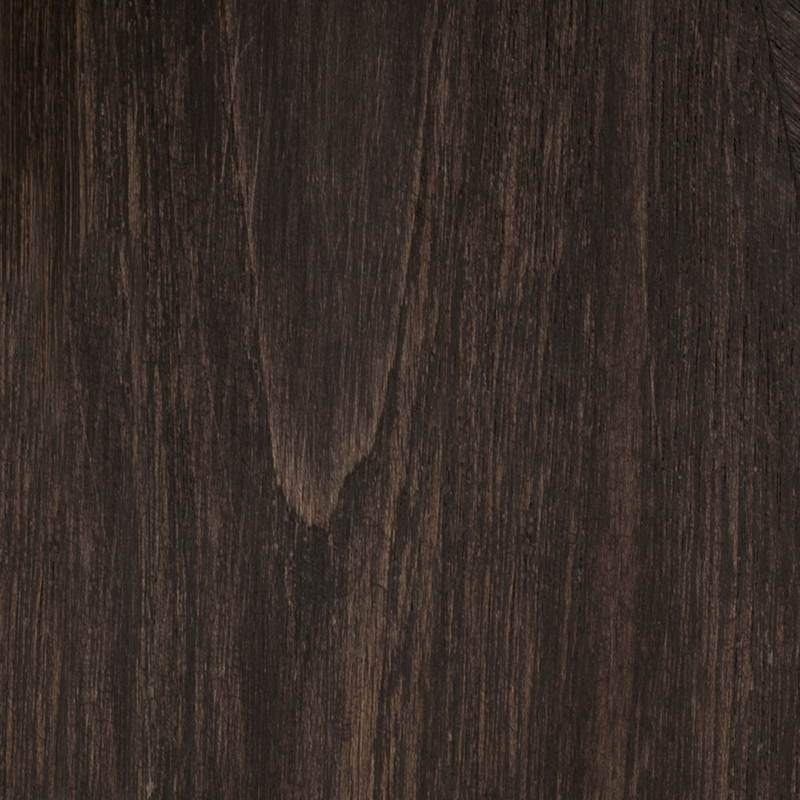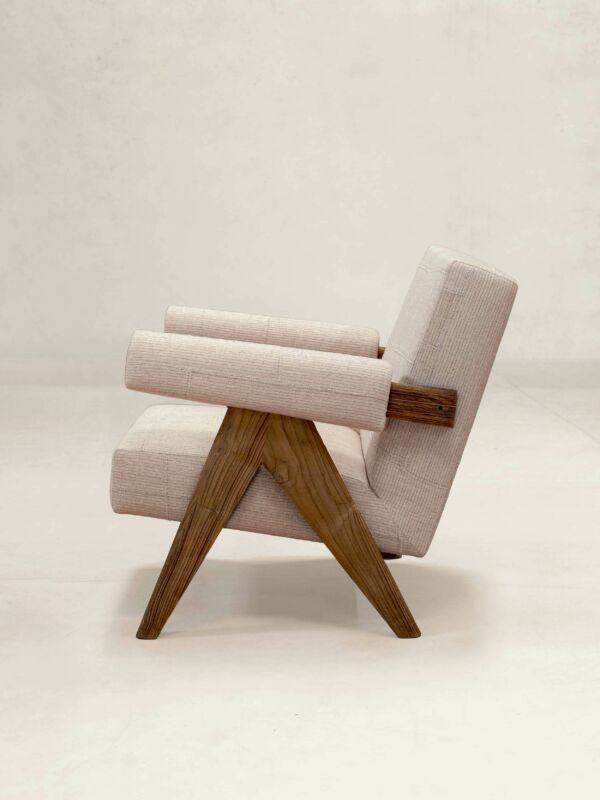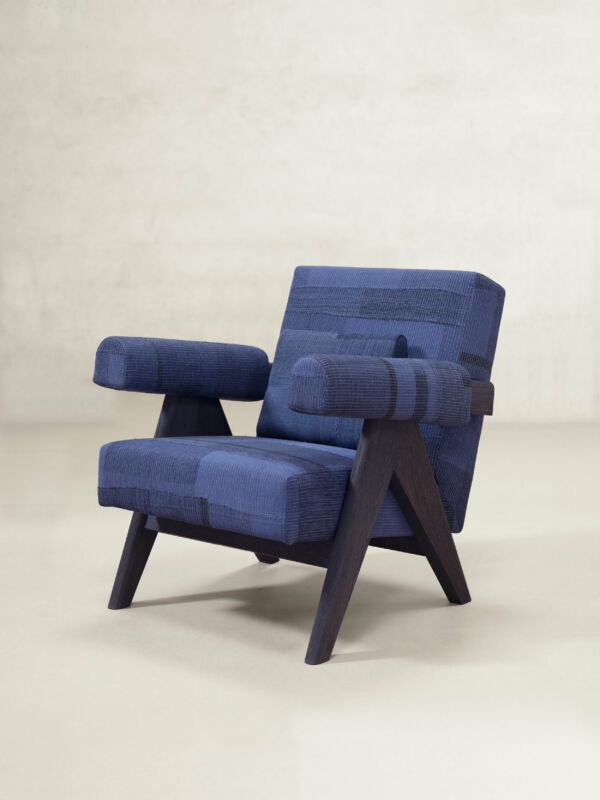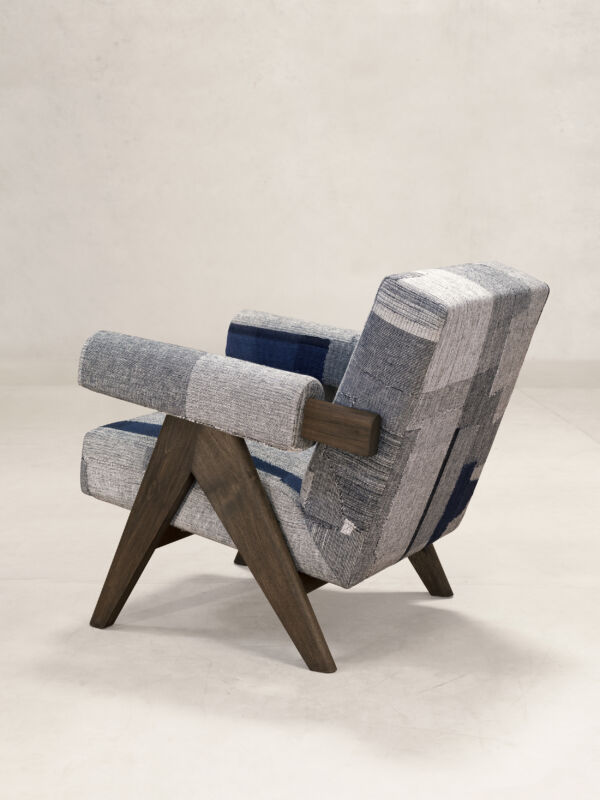Upholstered Easy Armchair/ KeSa Ragi |
||||||||
|
||||||||
| How to buy | ||||||||
| Enquire |
Product Description
Products in the KeSa Upholstery Collection are available in a set of fabric colourways, designed and produced by textile designer Padmaja Krishnan. The colourway seen in the image above is called KeSa Ragi (Ragi is a type of grain used extensively in Southern India. Commonly known as as a variety of finger millet, it has a distinctive greyish brown colour)
The fabric used for the KeSa Upholstery Collection is an upcycled 'Patchwork Textile'. It is created through a process of collecting discarded cotton fabric scraps and new fabrics, arranging them with care into specific patterns, and sewing them one piece at a time by hand, and then by machine. Making this fabric is a very time-consuming, laborious process as each yard of the fabric needs to be designed individually every time. This long and intense process of stitching and making enough fabric for one chair is done entirely by women artisans in Padmaja's workshop in Mumbai. Therefore, every piece we make as part of the KeSa collection is truly unique, even though they belong to a specific colourway.
A specially-designed cushion is optionally available for each chair model in the KeSa Upholstery Collection. The cushion is designed keeping in mind the ergonomics of the Easy Armchair and is called the 'Manju' cushion."
A special wood finish called P1 Black is used to complement the KeSa Ragi colourway. P1 Black wood finish is achieved by a process that involves hand-applying layers of black stain on the wood, followed by light brushing with a steel brush and applying a final layer of hard wax oil.
Product Specification



Product Options
Related Products
See More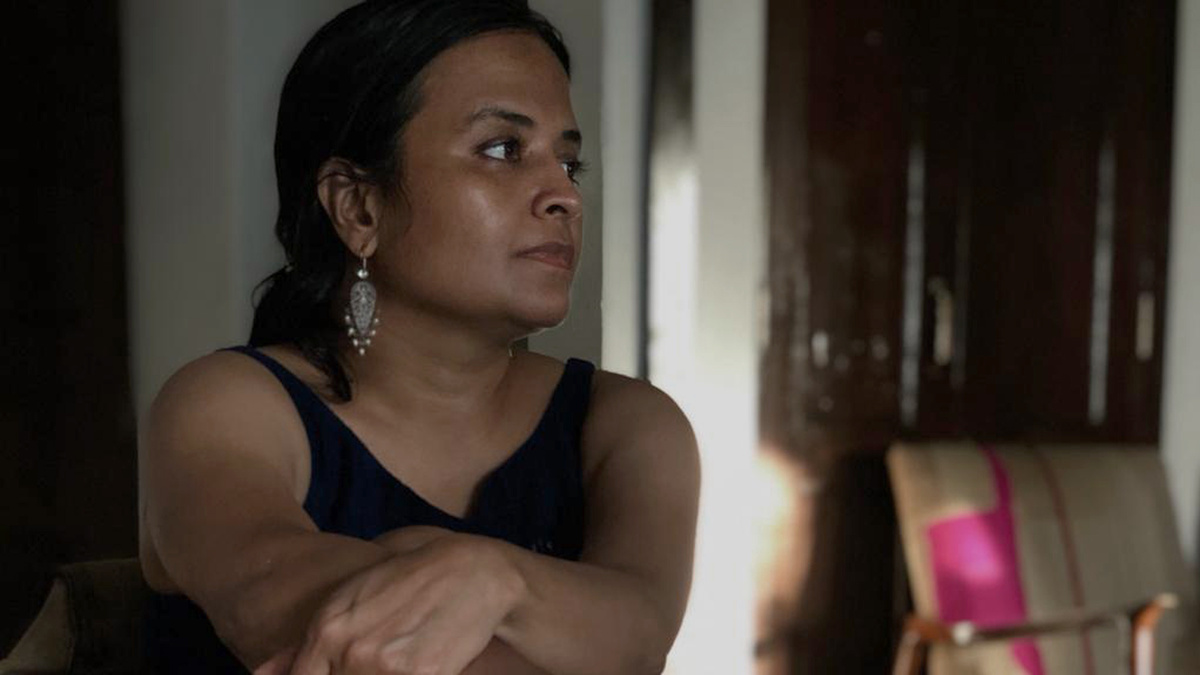
In Conversation With Textile Designer Padmaja Krishnan: Crafting Cloth With the Discarded
Mumbai-based fashion and textile designer Padmaja Krishnan’s clothing brand PADMAJA is known for combining traditional craft with sustainability and social responsibility.
Read More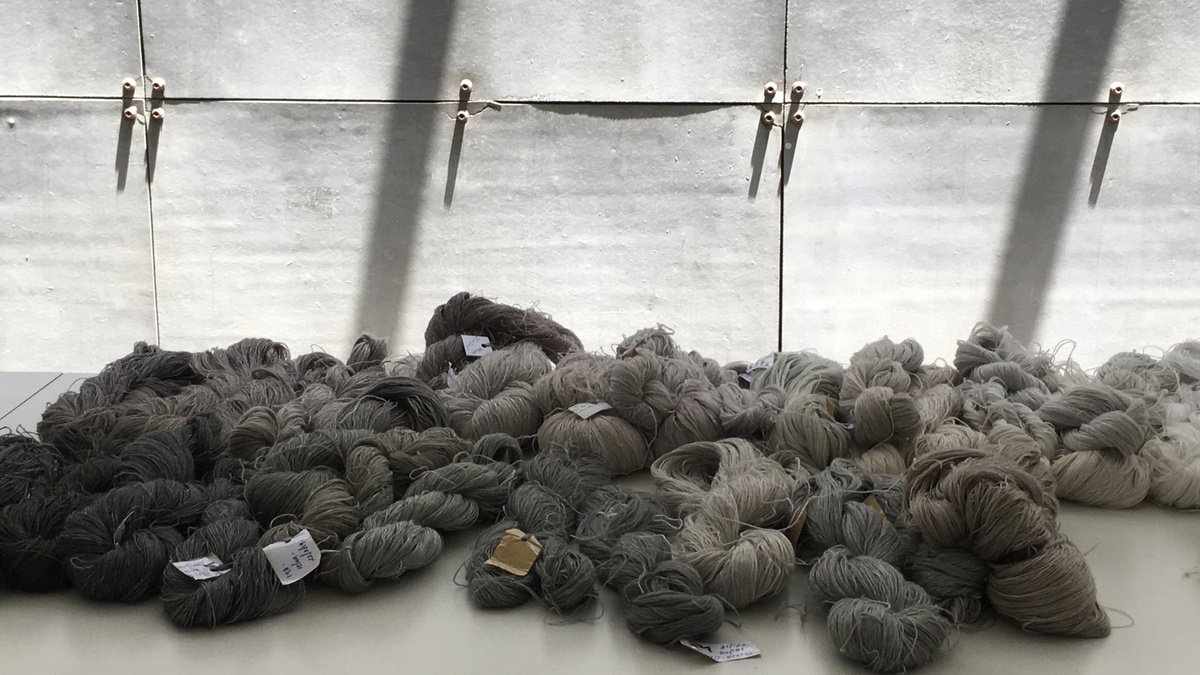
Secrets From the Vat: The Stories We Leave Behind When We Dye
Traditional vat dyeing has long historical roots. At Phantom Hands, we learnt about vat dyeing through our collaboration with textile maker Zanav. This piece presents a historical perspective on vat dyeing and its continued relevance.
Read More





